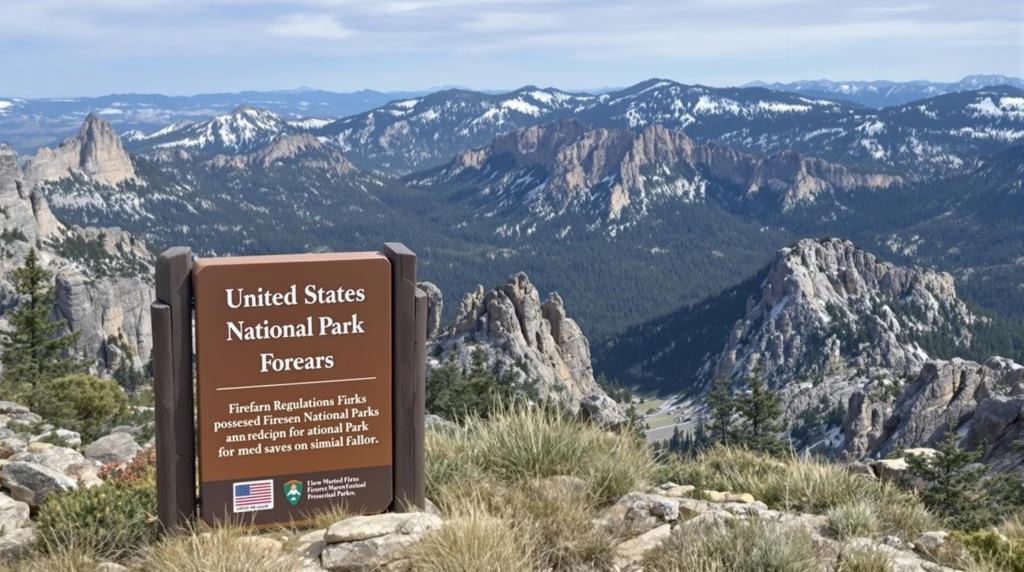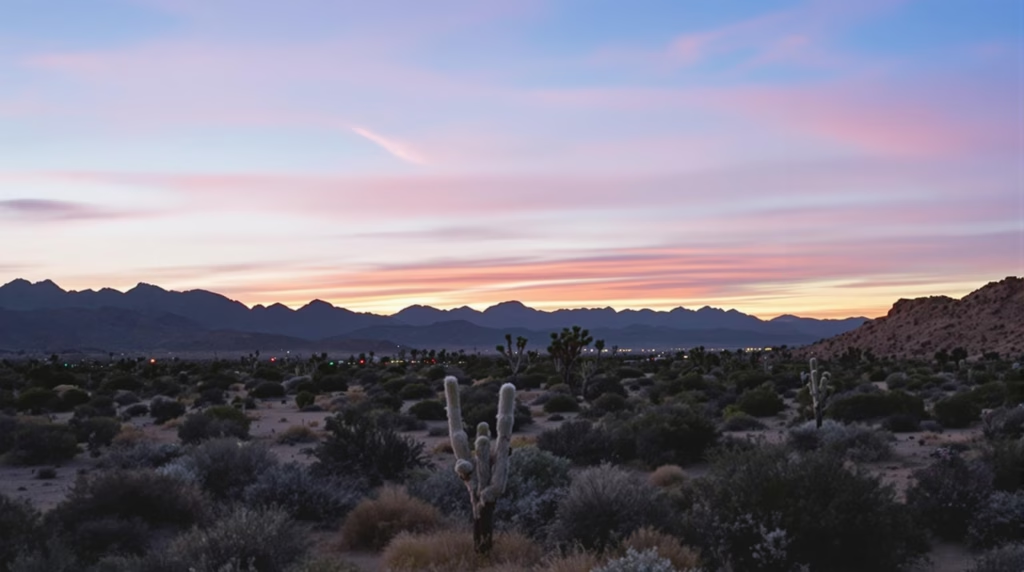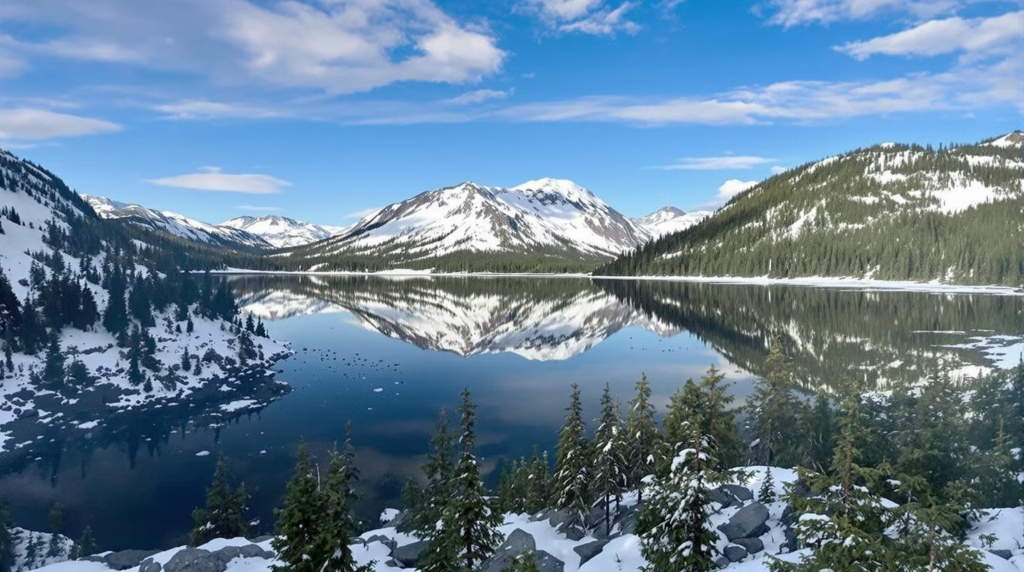Tarangire National Park, known for its impressive elephant herds and iconic baobab trees, operates on a complex financial ecosystem. The park’s annual budget balances revenue from visitor fees, land rentals, and activity charges against expenses for conservation efforts, staff salaries, and infrastructure maintenance.
Key Takeaways:
- Tarangire generates revenue through varied entry fees and land rentals
- The park’s annual income is influenced by seasonal visitor numbers
- Significant funds are allocated to conservation and anti-poaching efforts
- Operating costs include staff salaries, vehicle maintenance, and infrastructure upkeep
- Sustainable tourism practices play a crucial role in Tarangire’s financial future
A Day in the Life of Tarangire: From Sunrise to Sunset
Tarangire National Park, established in 1970, spans an impressive 2,850 square kilometers of diverse landscapes. The park’s daily rhythm revolves around the life-giving Tarangire River, which serves as a crucial water source for the abundant wildlife. As the sun rises, herds of elephants emerge from the shadows of ancient baobabs, while lions and leopards retreat from their nightly hunts.
Throughout the day, visitors can spot a variety of animals, including cheetahs, giraffes, and zebras, against the backdrop of golden grasslands and seasonal swamps. The park’s unique ecosystem supports a rich biodiversity, making it a prime destination for nature enthusiasts and researchers alike.
The Financial Ecosystem of Tarangire
Tarangire’s financial structure is built on a tiered entry fee system. During peak season, non-East African adults pay $50 per day, while the fee drops to $40 in the low season. Children between 5-15 years are charged $15 daily. With approximately 150,000 visitors annually, these fees form a substantial part of the park’s revenue.
Additional income streams include:
- Land base rent fees: $10,000 for permanent tented camps and $20,000 for lodges
- Tourism investment site allocation fees: $5,000-$10,000
- Activity fees from walking safaris, night drives, and cycling
Compared to the more famous Serengeti National Park, Tarangire’s fees are generally lower, reflecting its position in Tanzania’s tourism hierarchy.
Behind the Scenes: Operating Costs and Conservation Efforts
A significant portion of Tarangire’s budget is allocated to staff salaries and benefits. This includes rangers, guides, and administrative personnel who ensure the park’s smooth operation and visitor safety. Vehicle and equipment maintenance also constitute a substantial expense, given the harsh conditions and constant use.
Conservation is at the heart of Tarangire’s mission, with considerable funds directed towards:
- Anti-poaching initiatives
- Elephant conservation programs
- Habitat restoration projects
- Scientific research collaborations with universities and NGOs
The park also invests in community outreach and education, recognizing the importance of local support for conservation efforts. This includes revenue-sharing programs with surrounding communities and local employment initiatives.
Balancing the Books: Tarangire’s Financial Future
Tarangire’s financial management involves a delicate balance between revenue generation and expenditure. Marketing and promotion expenses, including advertising and participation in tourism fairs, are crucial for attracting visitors and maintaining revenue.
The park’s focus on sustainable tourism practices, while potentially limiting short-term profits, is seen as essential for long-term financial stability. This approach includes investments in eco-friendly infrastructure and careful management of visitor numbers to minimize environmental impact.
Looking ahead, Tarangire faces both challenges and opportunities. Climate change and habitat fragmentation pose threats to the park’s ecosystem, potentially impacting tourism. However, the growing global interest in responsible and nature-based travel could position Tarangire favorably in the competitive safari market.
As Tarangire National Park continues to evolve, its financial strategy will need to adapt, ensuring that this remarkable wilderness remains protected and accessible for generations to come.
Sources:
Maasai Mara Kenya
Explore Tanzania
Kenya Wildlife Tours
Tanzania Parks
Science Publishing Group
Soft Schools
Ngorongoro Crater



